 Having seen the poster for this exhibition and reading that it was another Digital based series of artworks, I was a bit apprehensive, as these can be very hit and miss. It sometimes seems galleries are looking for the next big thing and the exhibitions don't always work. In this instance I was pleasantly surprised. The area was blacked out and the displays were impressive with the lighting adding to the ambience. The exhibition featured work by ten International artists and looks at how new technology helps explore the state of us and where we might be in the near future. It starts by showing how Marvel comics have been affected by external influences and shows how the artwork has changed. The first modern art you see are a series of small glass shapes. These are brightly lit and show various body parts. I feel the exhibition is made more impressive by the setting and although I initially liked them, they now remind me of the souvenirs you can get abroad with pictures of your family inside them. Although the mould of the penis may have a following, as a paperweight, sold on the Christmas markets! In the next room were some images under the heading The Tide Within Us. These smoky like images were very thought provoking and in a way reminded me of Francis Bacon's work with distorted figures, As with all conceptual work, I found some artworks were thought provoking and others didn't appeal to me. The abstract image 'Inside the HSV1' was a colourful image, however, I must admit I didn't fancy trying the virtual reality headset in order to see the microscopic world of the Herpes virus! This was partly due to the disclaimer notice and a seat being proved for those who might suffer from disorientation. I have actually felt this after an experience of using a headset to go on a rollercoaster ride in the past. The video of a man dancing reminded me of several other artworks I had seen before and some of the human organs rendered in a range of materials, I have also seen in other exhibitions. The video 'Anatomy of Desire' caught our imagination but, after a while, the constantly evolving images started to give us a headache, so we moved on. The other rooms had a range of sculptures and installations which varied in degrees of success. The most interesting thing for me was watching the robot arm drawing the image of a sitter that had been photographed. The artist Patrick Tresset used a computerised system to capture the image. As we arrived, it was drawing a young woman and next in line was a young girl. After watching for a while I put my name down and came back later. This idea has always fascinated me and I was interested to see the result. I had to sit for a short series of photographs and then the robot arm proceeded to draw my image. The process took about twenty minutes and I was able to watch the image appear as program made decisions on where to add lines. What made it appear more involved, is that every now and again the arm stopped and the camera looked down at the drawing before the arm started to draw again. My portrait started to take shape fairly quickly and I could see the likeness straight away. It then had the same problem artist's can have, there was a danger of overworking the image and loosing the likeness. Whether this was because of the program or the fact it was meant to work for the full twenty or so minutes,I don't know. I can see that in future artificial intelligence may be able to make these decisions however at this moment in time I'm not convinced. After the robot had signed the picture and stopped, I was pleased to see that it had captured a likeness and my portrait was added to the wall of fame for a short spell, until eventually being replaced by future sitters. The friendly ladies, who were in charge of the exhibit, explained that all of the portraits would be sent to the artist for his collection. A fascinating experience, which was enjoyable to be part of. Whether this will be the future I don't know. It isn't perfect at the moment and looking at the portraits of the two sitters before me, it captured their likeness but an observer would find that it had had problems with getting their age right as making the face fatter or thinner made them older or younger. An enjoyable afternoon at the gallery and it's surprising how my impressions of an exhibition changed after a few days reflection on it. Although impressive, the term 'Smoke and Mirrors' comes to mind. The dark rooms and lighting by the gallery added to the overall impression and certainly changed the way people looked at the work, which may not have been as successful in different lighting.
0 Comments
Leave a Reply. |
AuthorPhilip Westcott Categories |
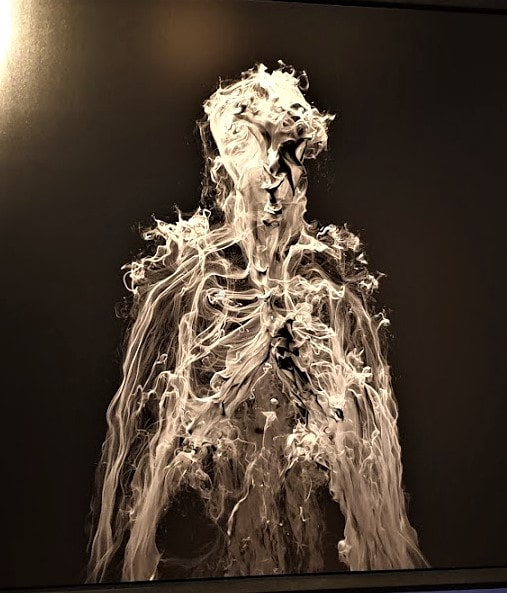

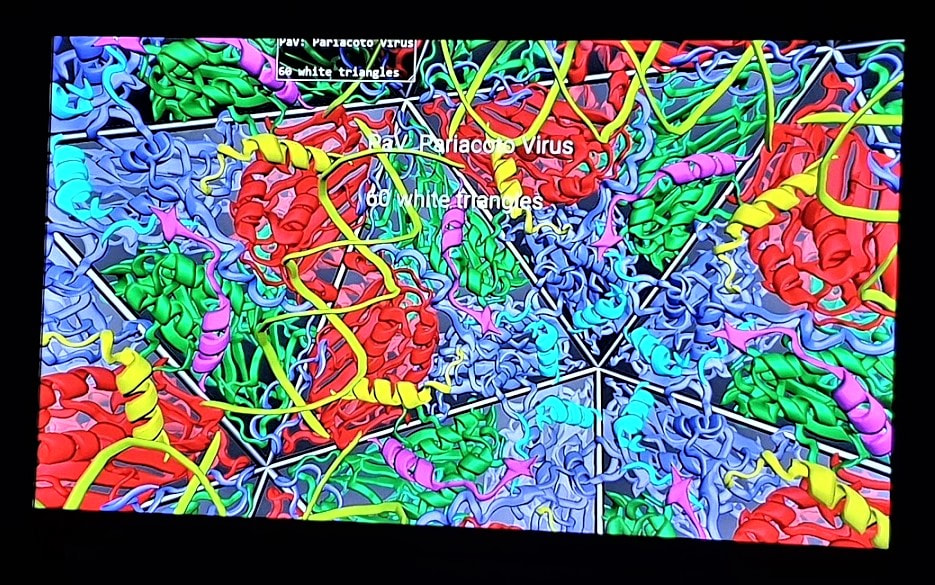
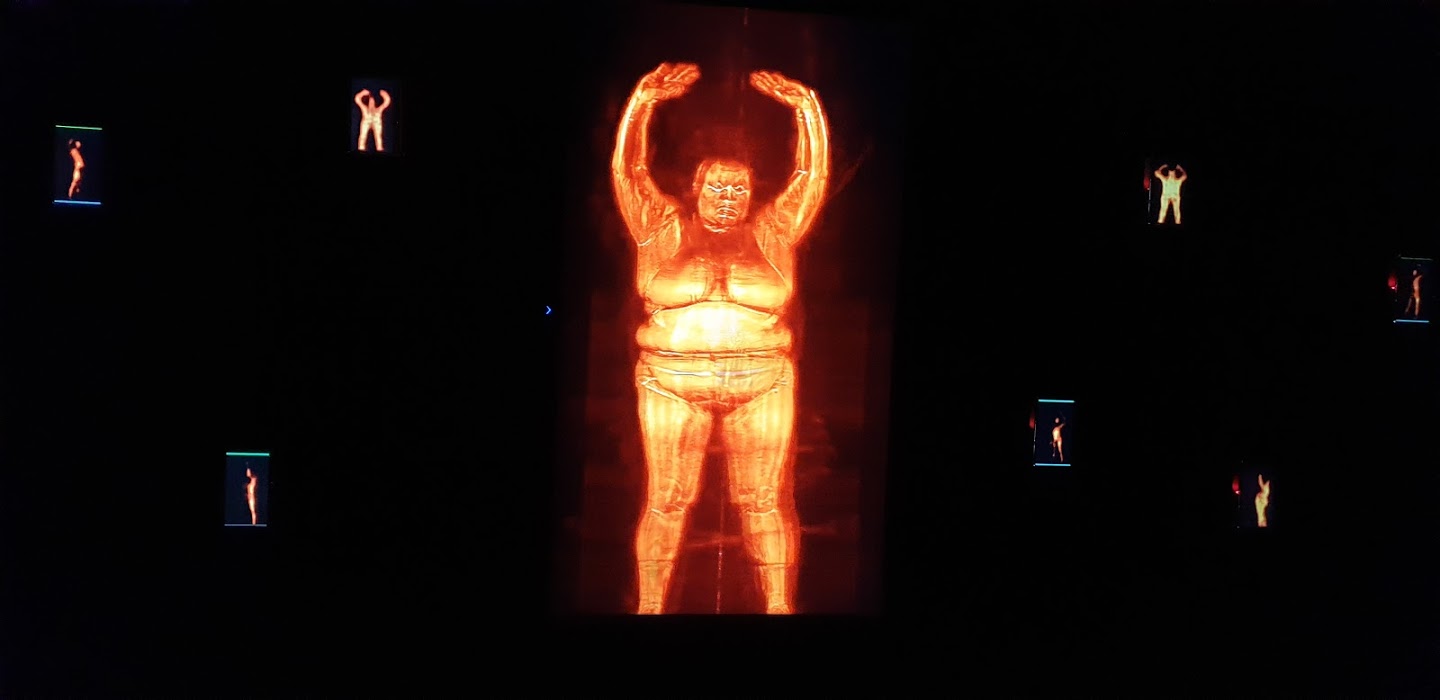
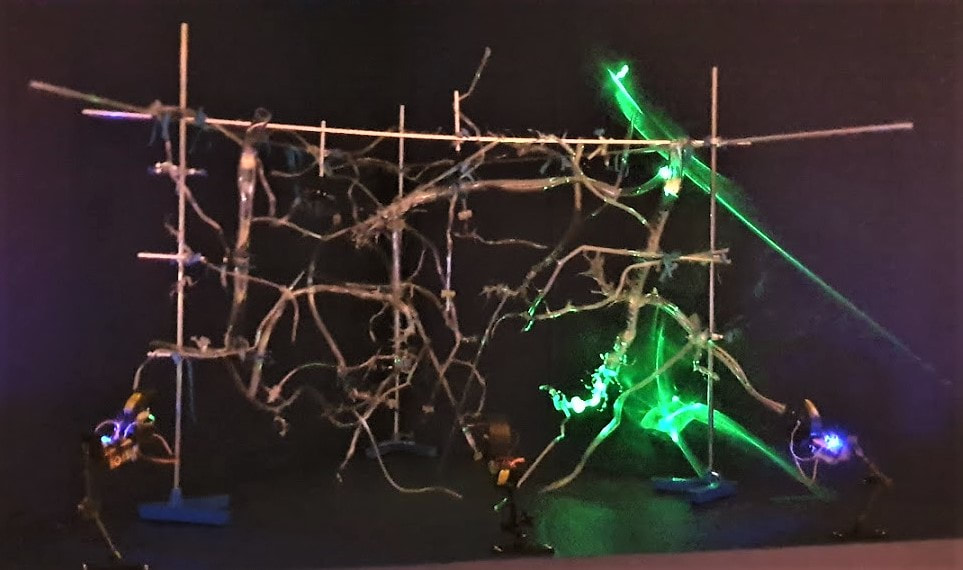


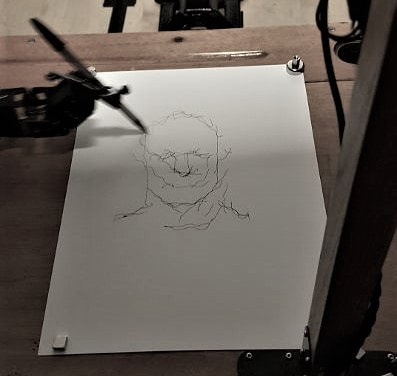






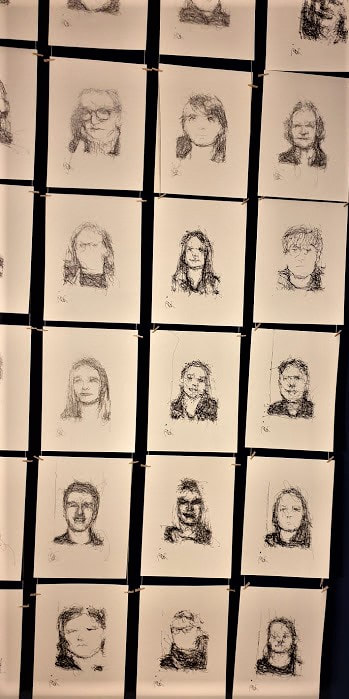
 RSS Feed
RSS Feed